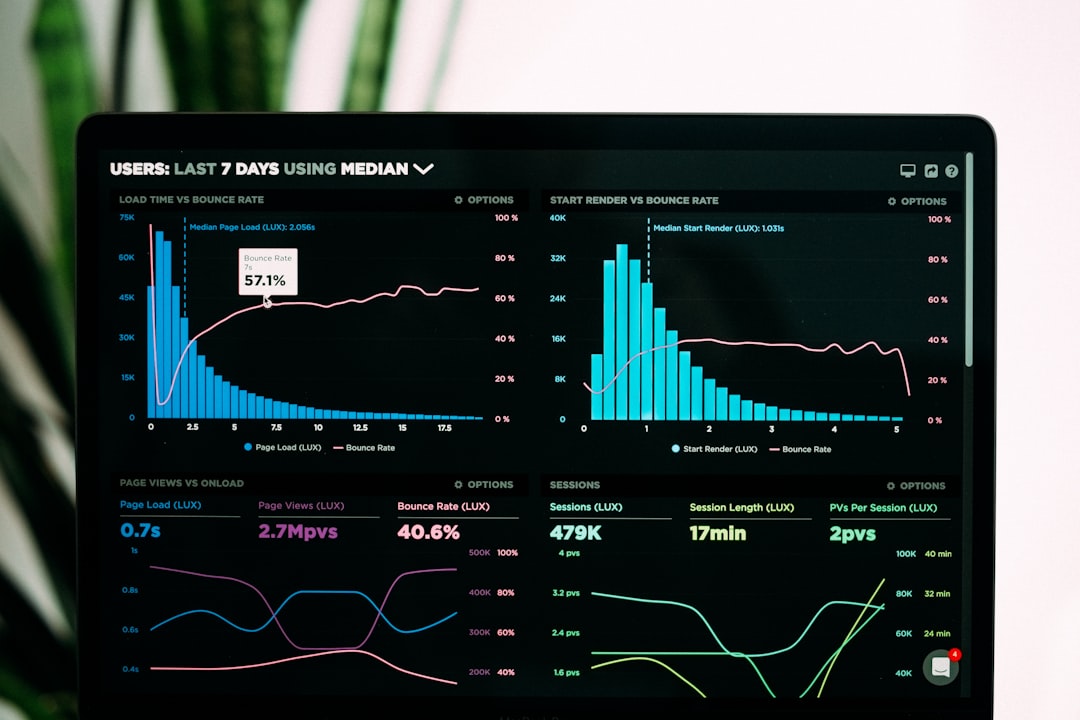
The Ultimate Guide to Economic Theories and Their Applications.
## Introduction. Economic theories provide a foundation for understanding how economies operate, helping policymakers, businesses, and individuals make informed decisions. This guide explores various economic theories, their development, and their practical applications in real-world scenarios. With insights into classical, Keynesian, monetary, and behavioral economics, we aim to give you a comprehensive understanding of these key concepts. ## Classical Economics: The Roots of Modern Theory. Classical economics emerged in the late 18th and early 19th centuries, with prominent figures such as Adam Smith, David Ricardo, and John Stuart Mill leading the way. This school of thought focuses on the self-regulating nature of markets, emphasizing that supply and demand determine prices and production levels. Classical economists believe that a free market system, characterized by competition and minimal government intervention, leads to optimal resource allocation and economic growth. For example, the law of comparative advantage supports international trade benefits, allowing countries to specialize in producing goods they can generate at lower opportunity costs. While classical economics laid the groundwork for subsequent theories, critics argue it often overlooks market failures and the need for regulation, particularly during economic downturns. ## Keynesian Economics: Responding to Economic Fluctuations. In contrast to classical economics, Keynesian economics, pioneered by John Maynard Keynes during the Great Depression, highlighted the importance of aggregate demand in driving economic growth. Keynes argued that during economic recessions, private sector demand might not be sufficient to maintain full employment, leading to prolonged periods of economic stagnation. Keynesian theory suggests that government intervention is necessary to stimulate demand through fiscal policies, such as increased public spending or tax cuts. For instance, during the 2008 financial crisis, many governments adopted stimulus packages inspired by Keynesian principles to revive their economies. This theory remains influential, although critics point to potential inflationary effects and concerns about government debt resulting from extensive deficit spending. ## Monetarism: The Role of Money Supply. Emerging from the criticisms of Keynesianism in the 1970s, monetarism, championed by economists like Milton Friedman, posits that variations in the money supply are the primary drivers of economic fluctuations. Monetarists emphasize that managing the money supply through monetary policy is essential for controlling inflation and ensuring economic stability. Friedman's famous assertion that “inflation is always and everywhere a monetary phenomenon” illustrates this theory. In practice, central banks, such as the US Federal Reserve, adopt policies to regulate interest rates and influence the money supply to achieve economic objectives. The monetarist approach underlines the importance of maintaining a stable currency, while critics argue that excessive reliance on money supply growth can overlook other factors affecting economic performance. ## Behavioral Economics: Understanding Human Decision-Making. While traditional economic theories often assume rational behavior among individuals, behavioral economics challenges this notion by incorporating psychological insights into decision-making processes. Pioneers like Daniel Kahneman and Amos Tversky have demonstrated that cognitive biases, emotions, and social factors significantly influence economic behavior. For instance, concepts such as loss aversion and the framing effect illustrate how individuals often make irrational choices based on perceived risks and gains. Practical applications of behavioral economics include designing better financial products and policies that nudge individuals toward more beneficial outcomes, such as saving for retirement or making healthier lifestyle choices. While it enhances our understanding of economic behavior, critics argue that behavioral theories can lack predictive power and rigor compared to traditional models. ## Conclusion. Understanding these economic theories and their applications equips individuals and businesses with the knowledge to navigate today’s complex economic environment. By integrating various approaches like classical, Keynesian, monetarist, and behavioral economics, we can foster better decision-making for both policymakers and consumers alike. As economies continue to evolve, embracing diverse economic perspectives will be essential in addressing current and future challenges. .









